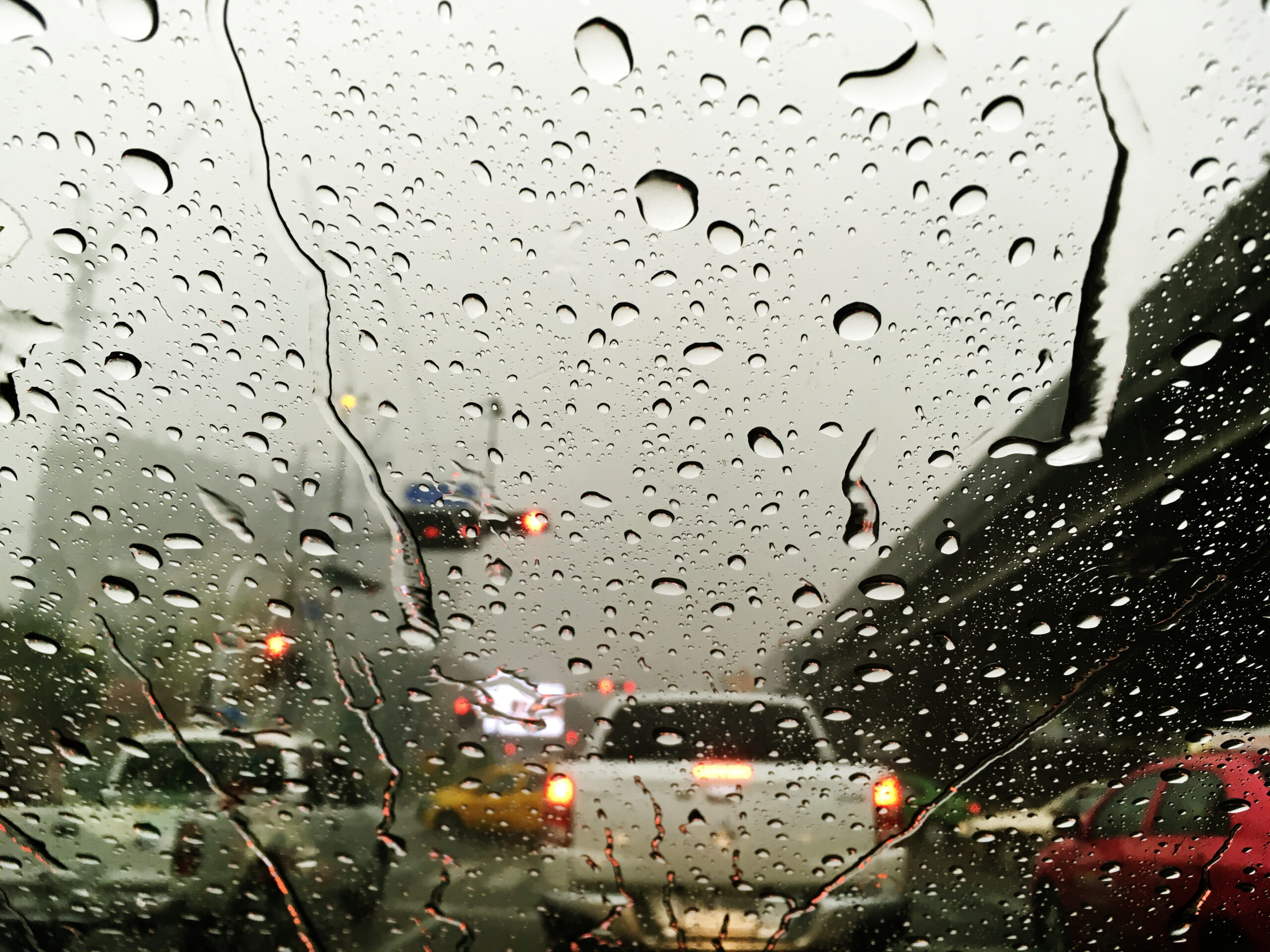It doesn’t happen often, but for the first time in a quarter-century weather watchers and experts are bracing for the possibility of an August tropical storm hitting Southern California over the weekend.
Hurricane Hilary, which developed into a substantial category four storm as it made its way toward the Baja peninsula, may have California in its sights. Although the system is expected to be downgraded to a tropical storm by the time it reaches Southern California and the Southwest, it still carries the potential of heavy rain, stiff winds, not to mention high tides, rip currents, and coastal erosion.
As always, ReadyOC, Orange County’s preparedness website, should be kept close at hand.
Rain and, thus, flooding are the biggest concerns.
As the website notes, “Flooding is one of Orange County’s most likely disasters. Flash floods can strike any time with little or no warning turning Orange County streets and freeways into rivers within seconds.”
The potential winds from a tropical storm also bring the likelihood of downed tree limbs and the possible loss of electricity and other utilities.
ReadyOC.com has a special page on flooding to educate the public on the dangers. In addition, the Ready to React page is filled with disaster preparedness information.
As ReadyOC.com says, “Remember, just six inches of moving water can knock you down, and one foot of moving water can sweep your vehicle away. Do not walk, swim or drive through flood waters. Turn Around, Don’t Drown!”
Southern California was last in this situation in 1997 when Hurricane Nora hit California and Arizona as a tropical storm, causing heavy rainfall and hundreds of millions of dollars in damage to agriculture.
That hurricane also reached Category 4 strength off Mexico’s west coast, with winds up to 130 mph. It hopscotched up Baja California, twice landing as a hurricane, before landfall in the U.S.
Prior to Nora were the 1939 Long Beach Tropical Storm and Tropical Storm Katrina in Arizona in 1967.
Don’t let the rivers wash you away
Heavy rain, clogged drains, and failed pumping stations can lead to streets and low-lying areas being awash in muddy waters. Here are some things to consider with regard to flooding.
- In case of flood, during inclement weather stay inside if possible.
- To protect a home from being flooded, keep storm drains clear. If the property is prone to flooding, have sandbags, plastic sheeting, and other flood-fighting materials on hand.
- Learn how to turn off water, gas, and electricity connections to the home in the event that a home is flooded. Contact local utility companies for help.
- If an evacuation is needed, remember that more people are trapped and die in their vehicles than anywhere else during a flood. Do not drive through moving water. The NOAA Flooding Safety Card is a good reference, and can be printed and stored in the glovebox.
- Never drive around barricades. Local responders use barricades to safely direct traffic out of flooded areas. And don’t go check out the rushing waters in nearby creeks and rivers. Keep a safe distance.
- Be careful crossing bridges over fast-moving water, as bridges can be washed away with little warning.
- If a vehicle becomes trapped in rapidly moving water, stay inside the vehicle or climb on the roof if water is rising inside the car.
- If flood waters are filling a building, only climb to the roof if necessary or if directed by emergency personnel.
- Because of the potential for high winds along with rain, if possible try to not park where toppled limbs and trees can damage your car.
Be prepared
Pay attention to weather forecasts, flash flood warnings, and listen to local authorities, and make sure to sign up for AlertOC. The mass notification system operated by the County of Orange in conjunction with local cities is designed to keep residents and businesses informed of emergencies that may require immediate action. Those signed in receive time-sensitive and location-specific voice or text messages from the county or city on home, cell, or business phones. Messages can also be sent to email accounts and TTY devices.
The Governor’s Office of Emergency Services (Cal OES) can be found at caloes.ca.gov and listoscalifornia.org. Like ReadyOC.com and AlertOC, the state’s websites are repositories of information about disaster awareness and preparedness.
In heavy raining weather, buildings may lose power, water, and other utilities, sometimes for extended periods of time. For this reason everyone should have an emergency kit ready with sufficient water, nonperishable food, and medications for at least three days, and be prepared to evacuate if necessary.
Make sure to have a first aid kit, flashlight, batteries, can opener, and cell phone and electronic cables and chargers available, as well as a household inventory with copies of critical documents.
A longer list of emergency preparations can be found on Ready.gov, including instructions for establishing a family communication and shelter plan for emergencies. Make it a priority to discuss strategies for communication, evacuation if necessary, and reunification. Arrange places to gather in case of emergency: in the home, in the neighborhood, and elsewhere.
 Behind the Badge
Behind the Badge





